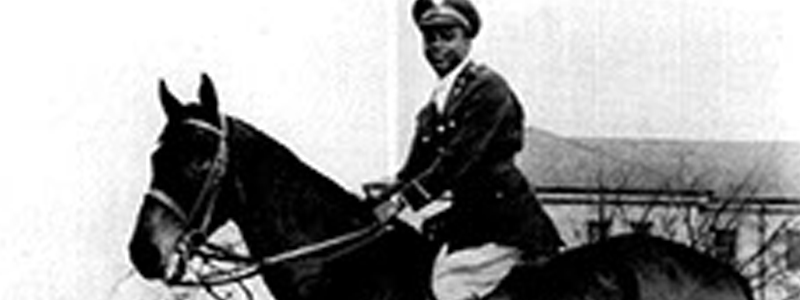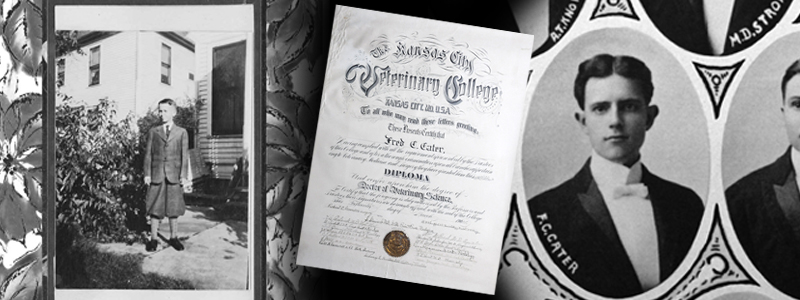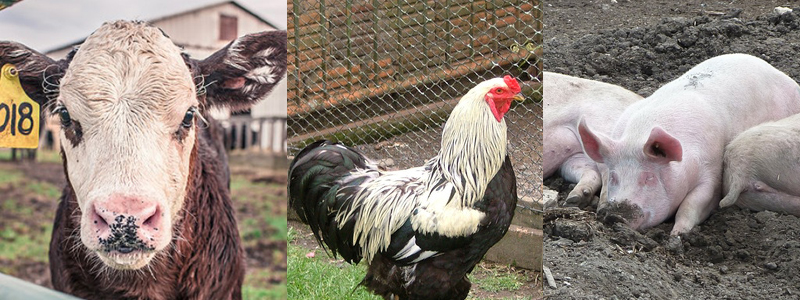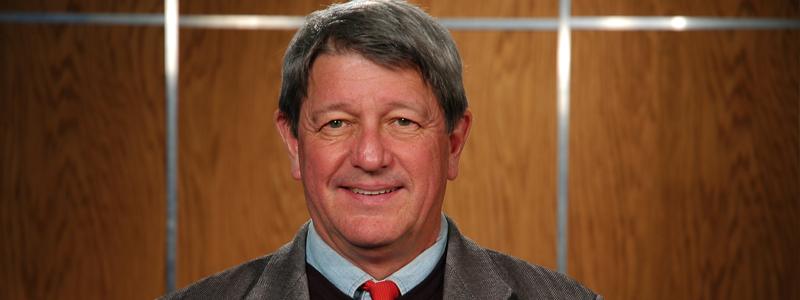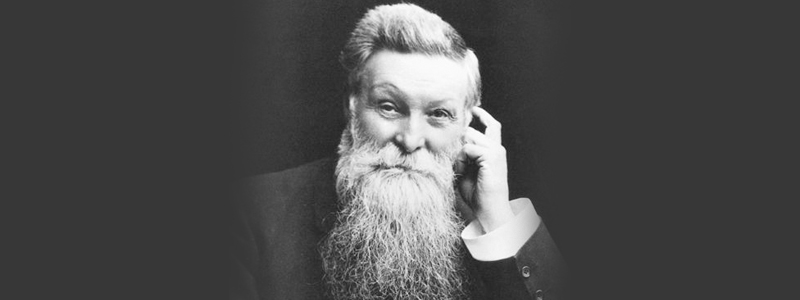Two Fort Riley museums document the history of the U.S. Cavalry and the 1st Infantry Division (Big Red One), honoring the service of soldiers and horses over decades. The buildings stand near one another in the fort’s historic district – an area of over 200 native limestone structures constructed between 1885 and 1914.
The Cavalry Museum, one of four buildings surviving from the fort’s initial construction, retains much of its original architecture. It houses modern exhibit halls on two floors that recount the history of the army’s mounted arm. The south wing – once the post hospital – was built five years before the Civil War. Today the museum exhibits the history of the cavalry from the Revolutionary War to the mid-1900s.
The entrance to the Cavalry Museum shows a three dimensional scene depicting the evolution of the mounted soldier. The art gallery contains an impressive collection of artistic works focusing on the cavalry’s glory days. The permanent collection of paintings and sculptures includes works of America’s most famous military artists; among them, Frederic Remington.
Exhibits recount the cavalry’s participation in campaigns during the 19th and 20th centuries from the Civil War to World War II. The service of Buffalo Soldiers and Indian scouts is also honored. Visitors can view the saddlery exhibit featuring McClellan saddles, experimental saddles, tack, stable and farrier gear.
The second floor exhibits examine the cavalry’s involvement in the formation of the US Olympic equestrian teams and curriculum and training for the Army’s Cavalry School.
Nearby are numerous outdoor artifacts including armored vehicles, artillery pieces and tanks. Sculptures include Tessa Pullen’s riderless horse, honoring equine that perished in the Civil War, and James M. Muir’s monumental “Duty” statue, a tribute to all cavalry soldiers.
A few steps to the rear of the Cavalry Museum is the 1st Infantry Division Museum. Visitors may view exhibits chronicling the rich and colorful history of the Big Red One from the end of World War I to the present. Visitors can view a variety of uniforms and weapons and experience the war’s front by walking through a simulated trench.
Before leaving visitors are encouraged to stop in the Remembrance Room to pay written respects to service members who have fallen in the line of duty.
The museums are open Sunday through Saturday. Admission and parking are free. A current photo ID is required for entry into the fort. Call 785-239-2737 for hours and other information.
Thanks to Army Historian Dr. Robert Smith for his assistance in preparation of this article.

